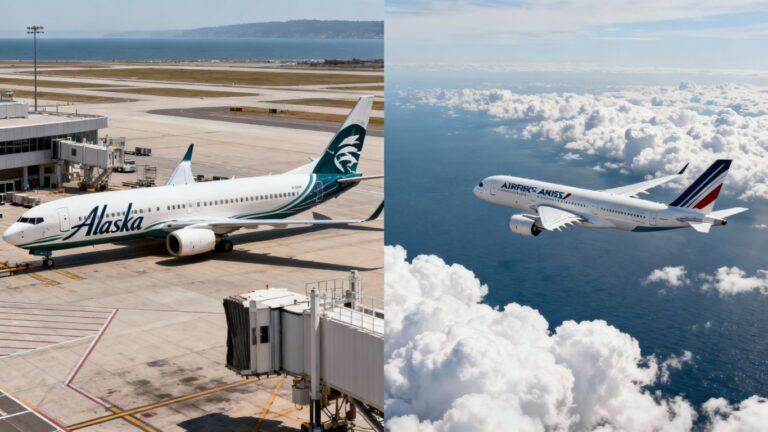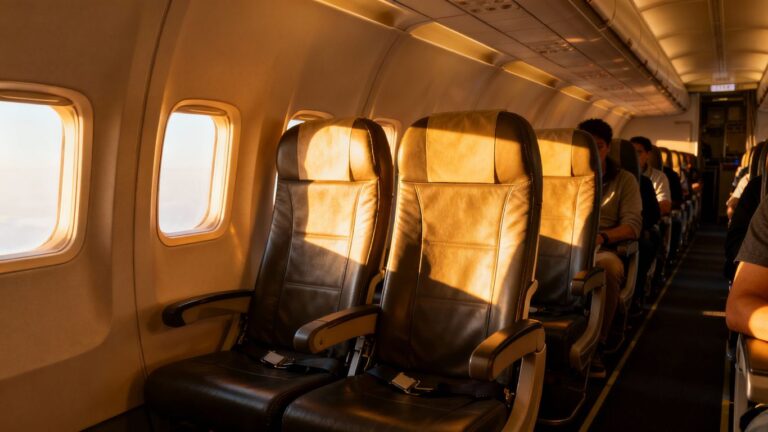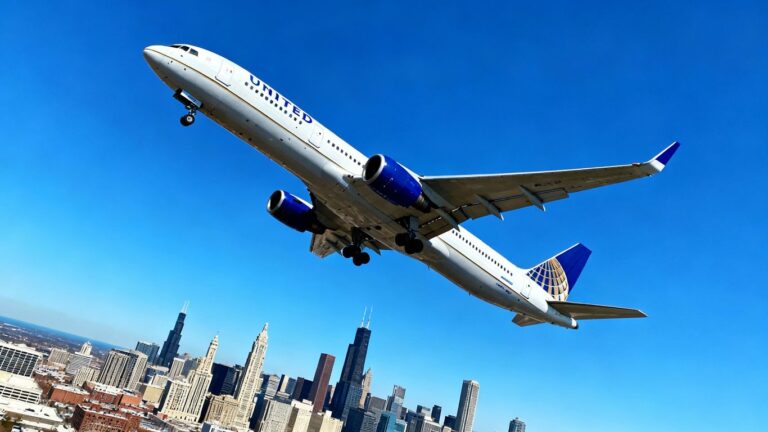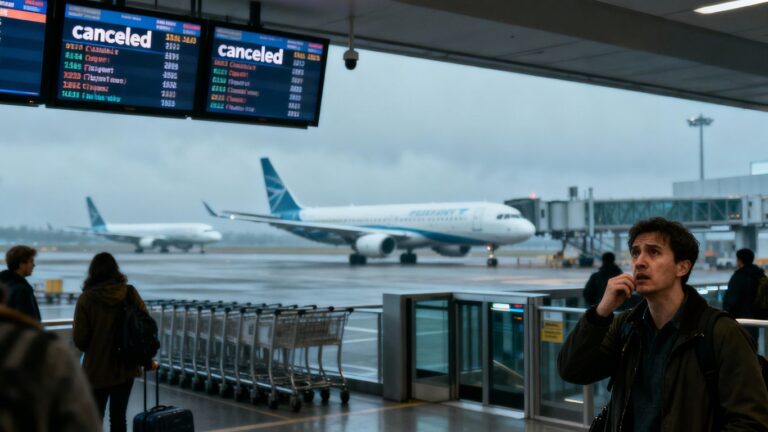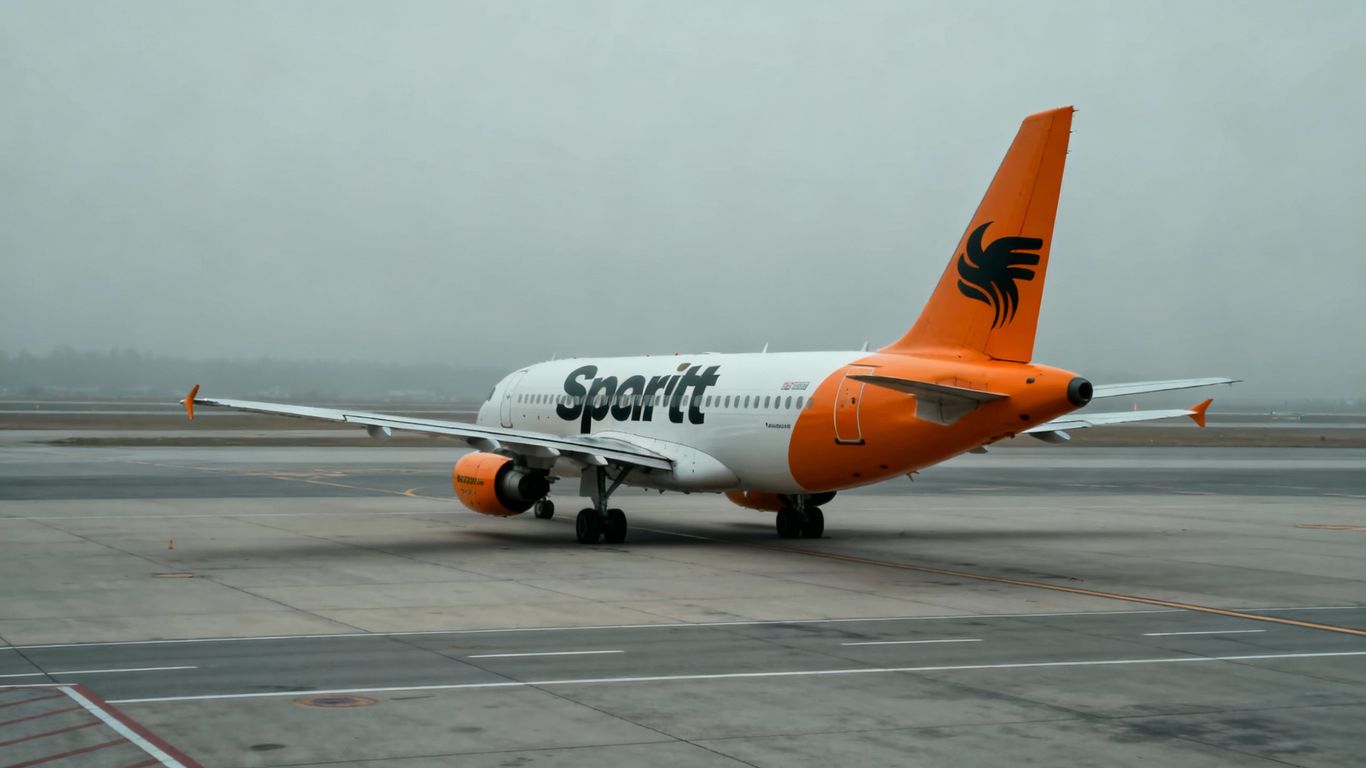
Spirit Airlines has once again filed for Chapter 11 bankruptcy, marking its second such filing in less than a year. The ultra-low-cost carrier is undergoing restructuring, but its future remains precarious amidst mounting debt, operational challenges, and a shifting consumer preference towards more differentiated travel products. This situation raises significant questions for travelers regarding the reliability of future bookings and potential impacts on airfare.
Key Takeaways
- Spirit Airlines has filed for Chapter 11 bankruptcy for the second time in under a year.
- The airline is facing rising costs, increased competition, and a decline in consumer confidence.
- Operational issues, including website difficulties and a lack of premium offerings, are contributing to its financial struggles.
- While current operations continue, the long-term viability of Spirit Airlines is uncertain, potentially impacting airfare competition.
Financial and Operational Woes
Spirit Airlines’ current financial difficulties stem from a confluence of factors. Rising operational costs, including pandemic-era wage increases, have eroded its cost advantage over competitors. Furthermore, the airline has been criticized for a lack of product differentiation, failing to offer long-haul flights or a true premium experience that modern travelers increasingly seek. Even its "Big Front Seat" is not perceived as a genuine first-class offering by many.
Increased Competition and Consumer Behavior
Other major airlines are now more effectively competing with Spirit’s pricing strategy. They offer basic economy fares that appeal to price-sensitive customers without undercutting their overall revenue. This has led some consumers who might have previously chosen Spirit to opt for larger carriers, perceiving them as offering better value or a more reliable experience.
User Experience Challenges
A significant, yet often overlooked, issue contributing to Spirit’s struggles is its user experience. Reports indicate that the airline’s website and mobile app are plagued with technical difficulties. These range from login problems and incorrect passenger data entry to an inability to book certain seat types, such as the Big Front Seat with a lap infant. These usability issues make it difficult for customers to conduct business with the airline, directly impacting revenue generation.
Impact on Consumers and Future Outlook
While Spirit Airlines continues to operate, there are concerns about the reliability of future bookings, especially during peak travel seasons. Although DOT regulations mandate refunds for canceled flights, the airline’s long-term survival is uncertain. Analysts suggest Spirit may emerge significantly smaller, which could lead to higher airfares across the industry as a key competitor is diminished. Travelers are advised to book with a credit card for potential dispute recourse and to consider travel insurance, though coverage for existing bankruptcy situations may be limited.
Free Spirit Points and Potential Scenarios
In the event of liquidation, Free Spirit loyalty points would likely become worthless. However, there’s a possibility that a competitor could offer status matches or point transfers to attract former Spirit loyalists. The airline is actively working to stabilize its operations, including restructuring lease agreements for its aircraft, but its ability to secure further deals with unions and partners will be critical for its survival.
Key Takeaways
- Spirit Airlines Isn’t Just Broke, It’s Broken — Their Website Can’t Even Sell You A Ticket, View from the Wing.
- Spirit Airlines bankruptcy: What to know about booking flights, The Points Guy.
